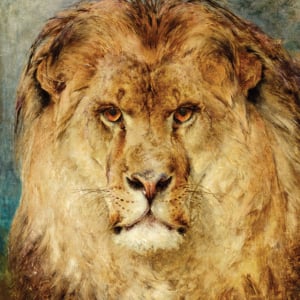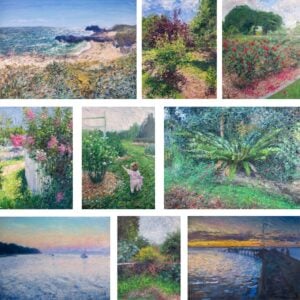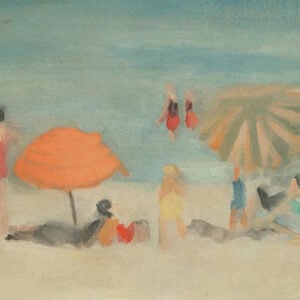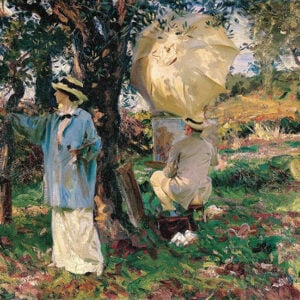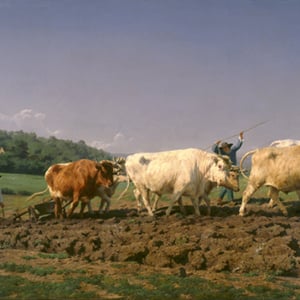- Key Details
- Education
- The Artist and Artistic Style
- Notoriety and Influence
- Personal Life
- Other Notable Paintings
- Quotes on Rubens
- Want to Learn More?
- Thanks for Reading!
Sir Peter Paul Rubens (1577-1640) was a Flemish artist known for his dramatic Baroque style.
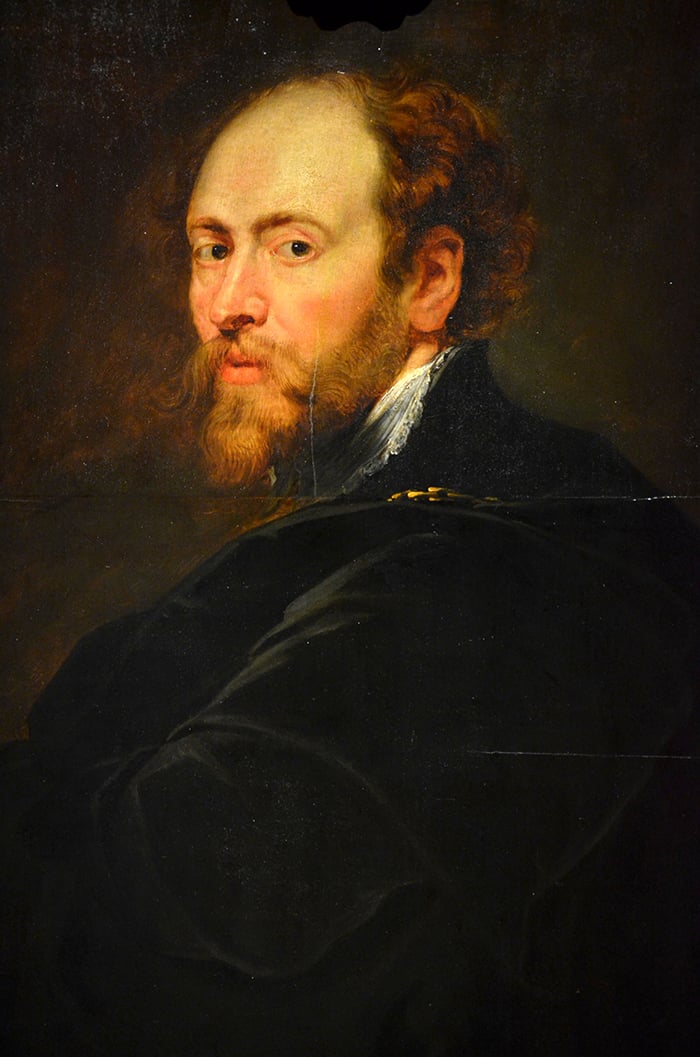
Key Details
Birth: Date: 28 June 1577 Place: Siegen, Germany
Death: Age: 62 Date: 13 May 1640, Place: Antwerp, Belgium
Education: Classically educated and apprenticed to art teachers.
Medium: Oil
Style: Baroque
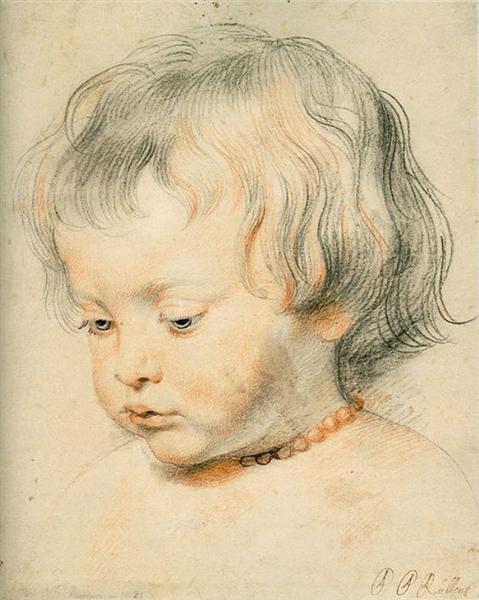
Education
Peter Paul Rubens received a Roman Catholic classical education. After the death of his father, young Peter Paul’s mother organized for her son to become a page boy to a countess. Rubens did not enjoy court life or the work and longed to be a painter. However, he clearly understood the benefits of court life and the proximity to nobility, as this was later to become the social environment in which his work was sought.
His mother could not initially afford private art lessons, so he was apprenticed to a family member and artist, Tobias Verhaecht. As Rubens’ talent became recognized, he was invited to study under more prestigious art masters: Adam van Noort and Otto van Veen. Rubens was a fast learner, and his skill soon blossomed. The logical next step in his education was Italy, so he traveled to Rome, where he eventually painted significant religious works and attracted important commissions.

The Artist and Artistic Style
Rubens was prolific, producing some 1400 works of considerable dimensions. He established a workshop that was much like an early production line of sorts, whereby he would hand-draw commissioned artworks and then instruct his apprentices in the execution of their paintings. Rubens was a meticulous taskmaster, overseeing all work and applying his finishing touches. In a letter dated 28 April 1816, Rubens wrote to art collector Sir Dudley Carleton: [those paintings are] done by one of my pupils, but the whole retouched by my hand. (Translated from Italian, by R. Saunders Magurn, ‘The letters of Peter Paul Rubens’, Cambridge Mass., 1955, p.60-61).
We owe the term Rubenesque to Rubens, who typically portrayed women as voluptuously curvy, with the vigor of life. Swathes of flowers, rich draperies, and cherubs were added to satisfy Baroque ideals of godly perfection.
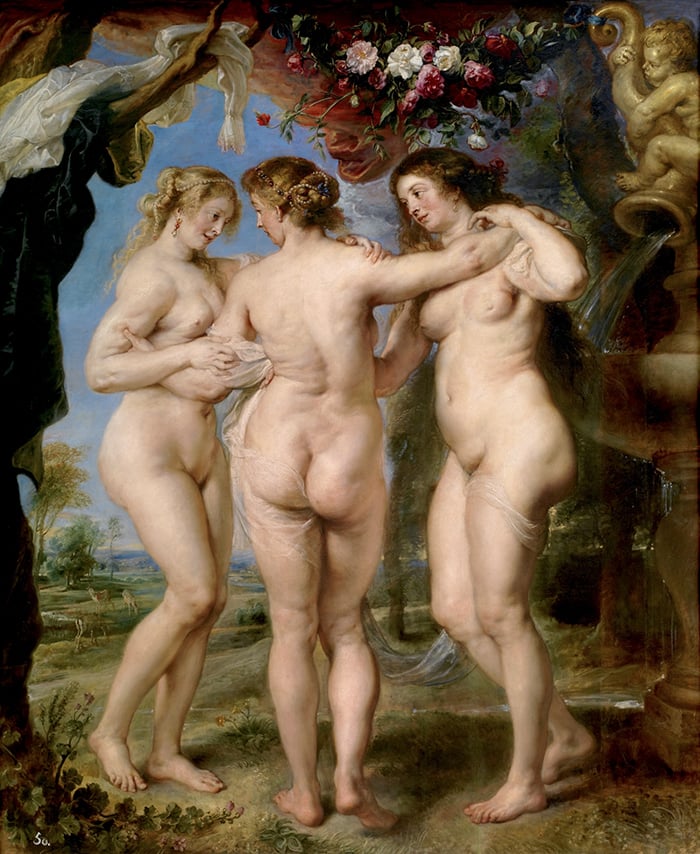
Similarly, Ruben’s men are robust with defined muscles-whether well-clothed nobles or near-naked soldiers dying in religious battle. Even in death, these are men bearing the flush of life.

Notoriety and Influence
While studying and painting in Italy, Rubens returned to Antwerp when he learned his mother was dying, and there he remained. Archduke Albert bestowed upon the young Rubens the title of court painter, following which he received commissions from the church, nobility, and political figures. His art career was then fully launched and never ceased to be in demand.
With his increasing accessibility to the major European arenas of influence, in 1603 Rubens was sought out by Duke Vincenzo Gonzaga of Italy to travel to Spain on a diplomatic mission to the court of Philip III. So successful was Rubens’ ability to combine diplomacy and art that he was recruited for many more expeditions as a covert spy, diplomat, and art professional. His merit as an emissary clearly matched his artistic skill. In his own words in a letter dated May 1635 to his friend, Nicolas-Claude Fabri de Periresc: I am by nature and inclination a peaceful man, the sworn enemy to disputes, lawsuits, and quarrels both public and private. Rubens’ diplomacy was recognized in the bestowal of knighthoods upon him by both Phillip III, King of Spain, and Charles I, King of England.
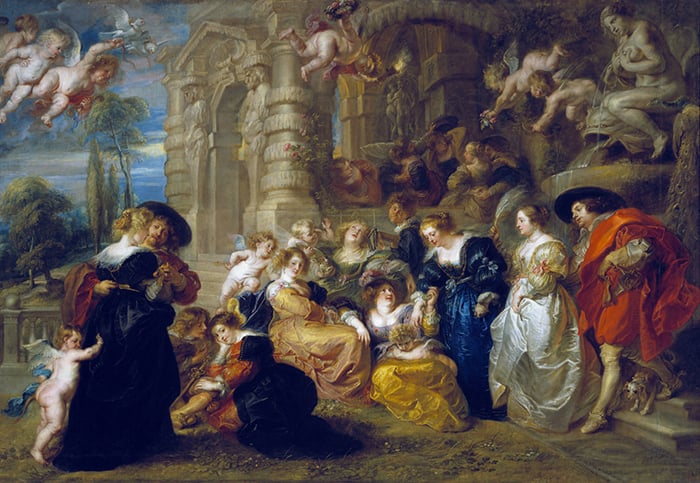
Personal Life
A far cry from the stereotypically impoverished artist who realizes notoriety after death, Peter Paul Rubens was famous in his own time and enjoyed a life of prosperity and influence. He was happily married to Isabella Brant and devastated when she died, probably of bubonic plague. Four years later, at the age of 53, he married 16-year-old Hélène Fourmont. This young and pretty second wife was his inspiration for the sensuous women of his art. His second marriage was also happy. He was a devoted family man and a gentleman of diplomatic wisdom and admiration.
Other Notable Paintings
The Portrait of a Young Man, 1597
The Raising of the Cross, 1610
The Rape of the Daughters of Leucippus, 1617
The Adoration of the Magi, 1624
The Judgment of Paris, 1639
Quotes on Rubens
“A prince of painters, and painter of princes.” Sir Dudley Carleton, art collector.
“[those paintings that are] done entirely by my hand…. [those,] done by the hand of a master skillful in that department… but this one not being finished, would be entirely retouched by my own hand, and by this means would pass as original; done by one of my pupils, but the whole retouched by my hand.” In a letter of 28 April 1618, to the collector Sir Dudley Carleton (transl. from Italian, R. Saunders Magurn, ‘The letters of Peter Paul Rubens’, Cambridge Mass., 1955, p.60-61).
“Peter Paul Rubens, Lord of Steen, who among the other gifts by which he marvelously excelled in the knowledge of ancient history merited being called the Apollos not only of our, but of all time, who made himself a pathway to the friendship of kings and princes.” Inscription by Jan Gavaerts, 1640 (as quoted by Jonathan Brown, in ‘Kings and Connoisseurs: Collecting in Seventeenth-Century Europe’, Princeton 1995, p. 123).
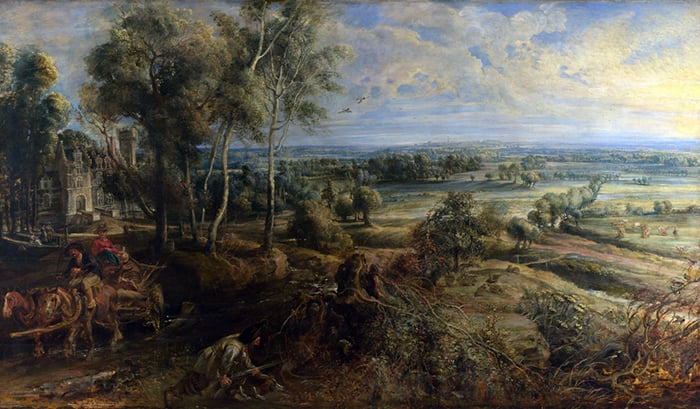
Want to Learn More?
You might be interested in my Painting Academy course. I’ll walk you through the time-tested fundamentals of painting. It’s perfect for absolute beginner to intermediate painters.
Thanks for Reading!
I appreciate you taking the time to read this post and I hope you found it helpful. Feel free to share it with friends.
Happy painting!
Dan Scott

Draw Paint Academy

